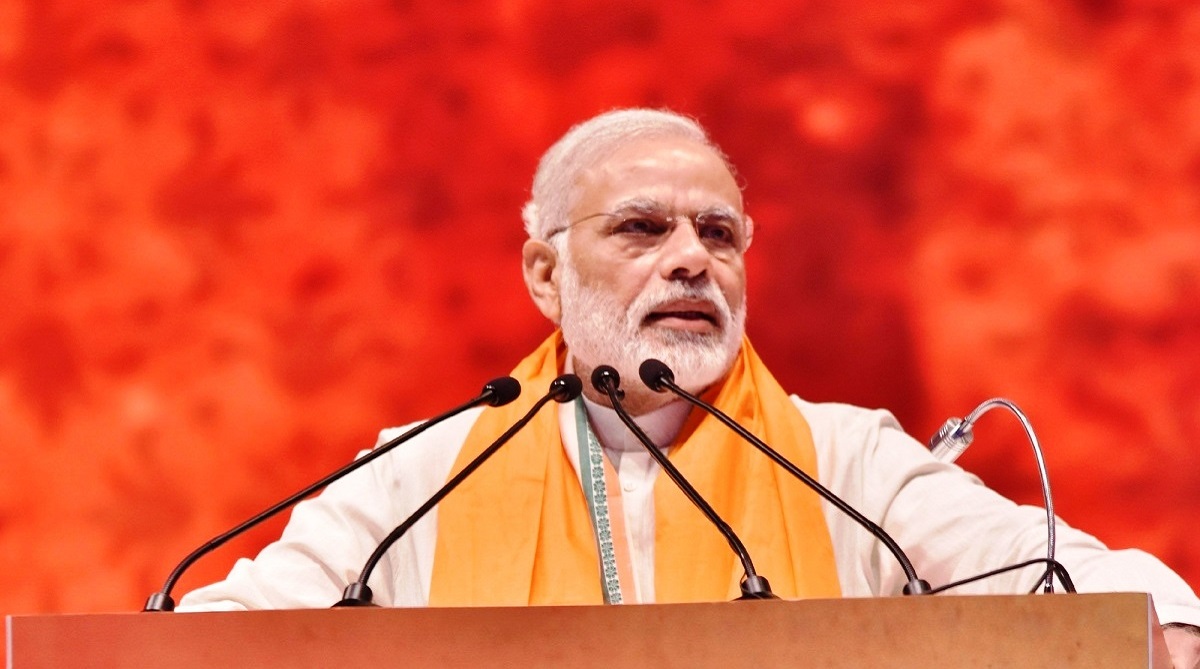Prime Minister Narendra Modi on Saturday said that innovation and technology are the two components that will make for a solid foundation and a strong base for the restructuring and resurgence of a new India. He noted that his government had realized the “extraordinary” twofold aim of sustained high growth combined with low inflation.
PM Modi was addressing the ET Global Business Summit where he asserted that the outgoing National Democratic Alliance (NDA) government, led by him, had achieved both sustained high growth of over 7 per cent and low single-digit inflation which, the previous governments in the post-liberalisation era could not accomplish.
Advertisement
“The previous government achieved an average annual growth rate of 6.5 per cent with inflation in double digits,” he said.
“However, between 2014 and 2019, the average annual growth rate has been 7.4 per cent, while the average inflation rate has been 4.5 per cent. Post the liberalisation in 1991. This has been the highest rate of average growth combined with the lowest average rate of inflation.”
He said the current transformation underway in the economy was the result of sound macroeconomic fundamentals which is reflected, for instance, in the “increasing bouquet of financing resources”.
“There is no more the sole dependence on bank credit for raising capital. While between 2012 and 2014, the average finance raised through equity was Rs 14,000 crore per annum, in the last four years this average has gone up to Rs 43,000 crore,” he said.
“Alternative Investment Funds (AIF) raised less than an average of Rs 4,000 crore between 2011-14, but under our government, AIF, during 2014-18, this figure has gone up to Rs 81,000 crore, recording a jump of 20 times,” Modi said, adding that new India would be an active contributor to the Industrial Revolution 4.0
The number of patents granted had gone up over three-fold, from 4,000 in 2013 to 13,000 in 2017-18, which is a sign of the recovery, said the PM.
“Trademarks registered have gone up from 68,000 in 2013-14 to 2.5 lakh in 2016-17, a four-fold increase,” he added.
(With agency inputs)











